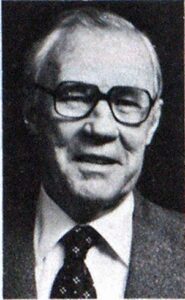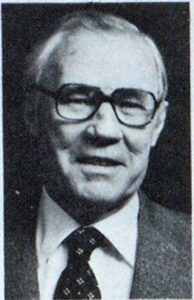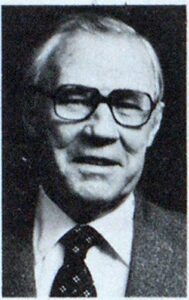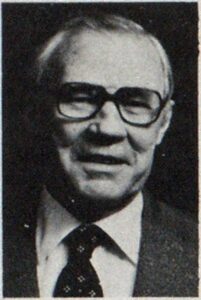Arson Battle Gains as Tactics Improve
The fire service always faces problems of one sort or another, not the least of which is the problem of arson. Indeed, arsonists had a boom year in 1978. National estimates for that year put the toll at 700 lives and $1.3 billion in property loss. Figures for 1979 are not yet available, but apparently they will be just as high, if not higher than 1978. This, of course, should not be, as witness the number of cities—notably Dallas—that have cut their arson losses way down (see Fire Engineering, September 1979).











